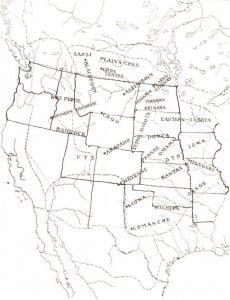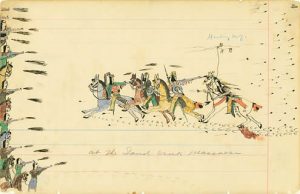Biography of Robert Harmon Hazlett
Robert Harmon Hazlett. Kansas is rapidly becoming a creditor state. It produces more than it consumes. It is flourishing, opulent and as progressive in material interests as in the field of legislation, social ideas and politics. Kansas farmers, Kansas business men, Kansas bankers are getting as securely established as factors in national affairs as Kansas politicians and social and civic leaders did in earlier years. One of these successful men whose achievements in some fields at least are well known beyond the borders of the state is Robert H. Hazlett, lawyer, banker, Hereford cattle breeder, and business man of El … Read more



